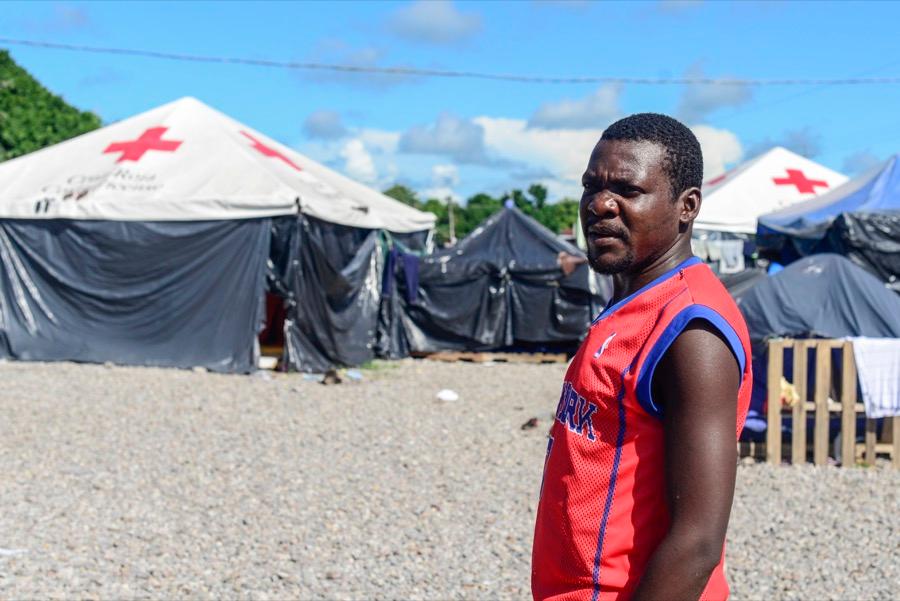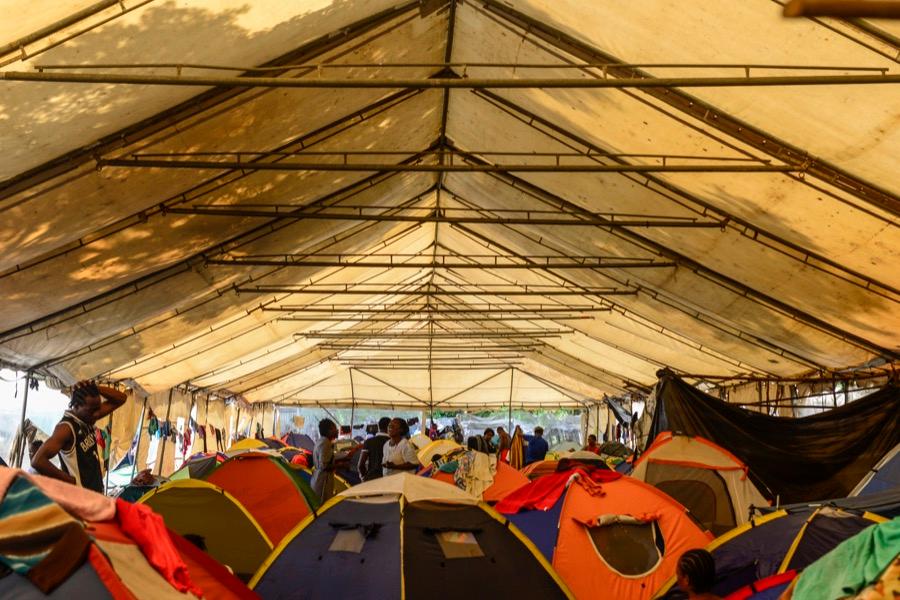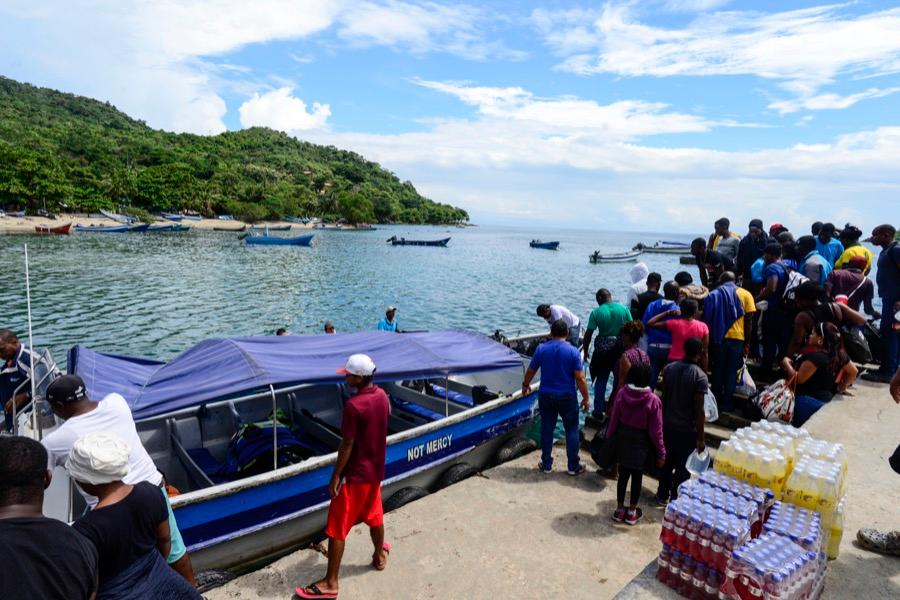With Olympics over, Haitian workers are leaving Brazil for the US in big numbers
Every day, migrants from countries like Haiti and Cuba, and as far as Africa and Asia, gather on Colombian docks like this one, at Capurgana, along their journey to the US.
It’s just after dawn in Turbo, Colombia, but the marina is already packed. Clutching worn backpacks and crumpled transit papers, dozens of people group around the boat ticket office.
A diligent employee takes down their names and country of origin. In the past, the boat ledgers filled with names of wealthy Colombians and foreign tourists headed to one of the Gulf of Uraba’s sleepy vacation spots. But today’s passengers have no plans to lounge on the beach.
Hailing largely from the Caribbean, Africa and Asia, migrants headed for the United States are boarding boats in Turbo by the hundreds each day. After a two-hour trip through the gulf’s choppy waters, they reach the edge of the Darien Gap. The Darien jungle is feared as much for the armed rebels and drug traffickers who walk its trails as for its venomous snakes and prowling jaguars. But that hasn’t stopped thousands of migrants from traversing it.
And unforeseen numbers are now crossing the treacherous trail. From January to August, Colombian immigration authorities registered 23,309 people traveling without proper documents — almost 400 percent more than the total from all last year.
Many of the new migrants are US-bound Haitians who had been taking refuge in Brazil after Haiti’s devastating 2010 earthquake. In Brazil they found work building for the World Cup and Olympics. But now that those jobs are finished, and Brazil is in recession, Haitians are heading north en masse.
Several migrants we spoke to said their full route began in Brazil and went through Peru, Ecuador and Colombia. They planned to pass through Panama, Costa Rica, Honduras, Guatemala, Mexico and, if all went well, California.

But for many, the journey will end in a detention center in the US, and ultimately back to where they started. That’s because President Barack Obama changed the rules: The US is back to deporting Haitians who arrive without a visa. That replaces a post-earthquake policy that allowed some Haitians to stay in the US for as long as three years.
The sudden switch came earlier this month, when Immigration and Customs Enforcement Director Sarah Saldana warned Congress about an “emergency situation”: She claimed to have information that 40,000 Haitians were coming north.
While that policy shift affects Haitians, there’s another group that the US continues to welcome: Cubans.
In 2014, an increased number of Cubans began taking the Darien route, when the island’s reforms made it easier for its citizens to leave. Then the US and Cuba restored diplomatic ties. Experts say the exodus intensified because Cubans worry that the US will end its policy of granting residency to Cuban defectors who reach the border.
Authorities along the route are also seeing more migrants from Africa, South Asia and the Middle East. According to the International Organization for Migration, many migrants report attempting to first reach Europe but are blocked by the continent’s increased border security.
Lacking resources for mass deportations, most governments on the route let the migrants pass freely. Nicaragua is an exception. After sealing its border last November, thousands have been trapped in makeshift camps in Costa Rica. But migrants keep crossing the jungle and reaching Nicaragua even when they know the border is closed.

“Migration is like a human river, and it behaves just like any other river,” said Mauricio Herrera, Costa Rica’s communications minister, who is in charge of managing the country’s migrant crisis. “Once there is a flow, you cannot stop it."
Back at the Colombian marina, hawkers sell headlamps and rubber boots from shopping carts, but the crowd of migrants seems to have only a vague idea of what they will face later that day. Many waiting to board the boats wear only flip-flops and several carry small children. A tall man in sunglasses comforts a crying baby and tells me in broken Spanish that she is 3 months old.
Later that day, a hotel owner tells me locals often beg migrants to leave their children behind, rather than risk carrying them through the Darien Gap. Though migrants’ bodies are rarely ever found, those who do make it through the jungle report seeing their fellow migrants drown in rivers or fall off cliffs. Several months ago a human smuggler who had been guiding migrants across the gap was found shot dead with the word “coyote” — another name for human smuggler — carved into his chest.
Near the entrance to the dock, a Haitian man who calls himself Johnny stuffs all of his belongings into a black garbage bag. A child-sized Winnie the Pooh beanie is stretched across his head so the corners form peaks like dog ears. He isn’t worried about the Darien. He tells me he heard that Nicaragua would be opening the border. When I tell him these rumors aren’t true, he just shakes his head.
“I have faith that God will guide me forward,” he says with a big smile. “I'll overcome anything to get where I am going."
Lindsay Fendt reported from Turbo and Capurgana, Colombia.
